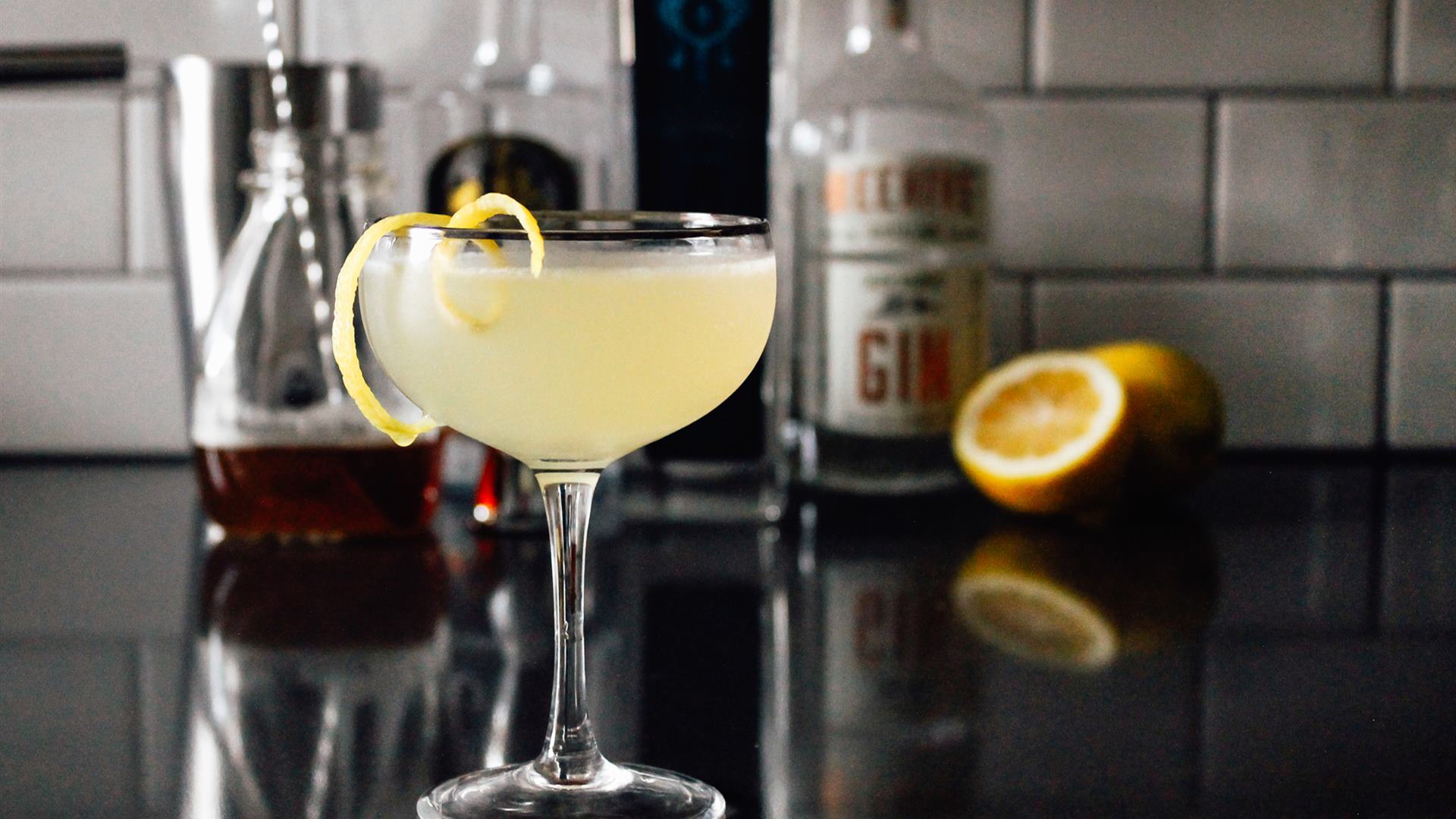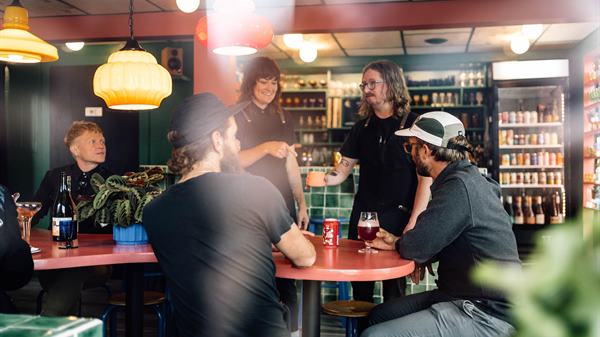There’s nothing quite like a Prohibition-era cocktail to bring back that nostalgia for celebratory beverages made in times of scarcity. After all, this three-ingredient cocktail emerged during a time when bathtub gin reigned, speakeasys thrived, and folks often made do with whatever ingredients they had on hand.
Ingenuity at its finest...and something we can ACTUALLY kind of identify with right now.
It doesn’t get more ingenious than the oh-so-simple and ever-adaptable Bee’s Knees. Invented during an era wherein flappers turned phrases like “the caterpillar’s kimono” and “the cat’s pajamas” to denote the impossible made charmingly incomparable. We’ll leave it to entomologists (rather than an etymologist) to determine whether bees actually have knees, but as “the bee’s knees” was 1920s slang for “the best of the best,” it’s an apt moniker for this delightful dram.
It’s one of those cocktails that can be made and made well with almost any gin profile under the sun – floral, herbaceous, juniper strong as boot lacquer – and come out pretty damn tasty. And since there are some absolutely delightful gins produced right here in the Beehive State, our preference is to keep it as local as possible. Since you’re not driving anywhere, anyway, grab that bottle of 114 proof Holystone Bosun’s Navy Strength Gin made right here in SLC and you’ll be zozzled, ossified, splifficated, and blotto in no time. Play around with the type of honey you’ve got on hand (Orange blossom? Sure! Acacia? Why the hell not!) and use regular lemons, Meyer lemon, whatever. There’s really no way you can go wrong here, and anyone who tells you otherwise is a phonus balonus (for a primer on 1920s speakeasy slang, check out this 2012 piece from The Atlantic).
Hotsy-totsy! Let’s shake one up...
Bee’s Knees
- 2 ounces gin
- 3/4 ounce fresh lemon juice
- 1/2 ounce honey syrup*
Method: to a shaker tin filled with ice, add all ingredients and shake until well chilled. Strain into a chilled coupe glass. Lemon twist garnish. CHEERS!
*Honey syrup: dissolve 2 parts honey into one part warm water (in other words, 1/2 cup honey into 1/4 cup warm water); store in a lidded jar and it'll keep in the 'fridge for a while. The sweetness of this syrup will depend a lot on the type of honey used, so this is definitely a "to taste" experiment.
And until we can all meet up in our favorite watering holes again, send some love to our friends in hospitality via One Small Miracle, the Downtown Alliance Tip Your Server campaign, and Utah’s Hospitality Tip Jar (Venmo: @UtahsHospitality-TipJar).








